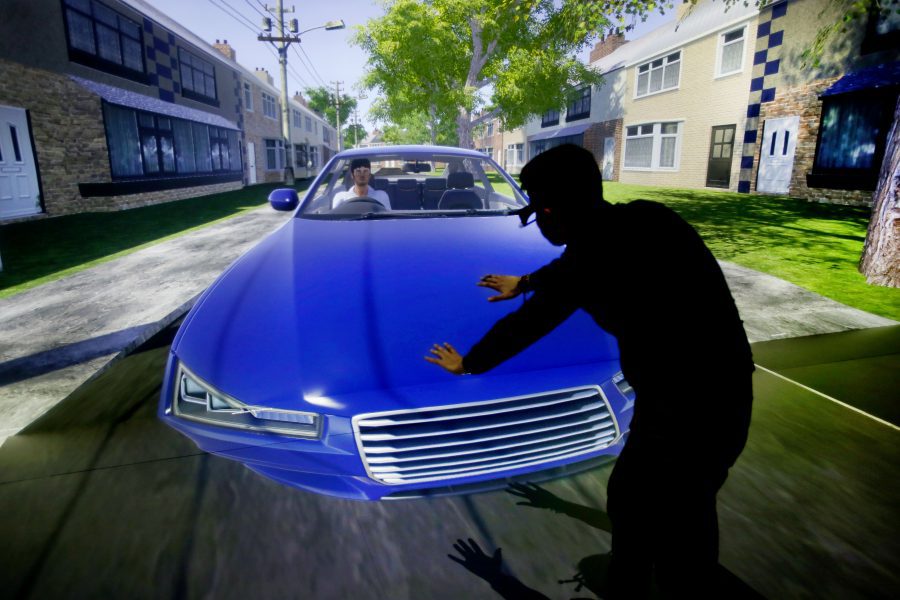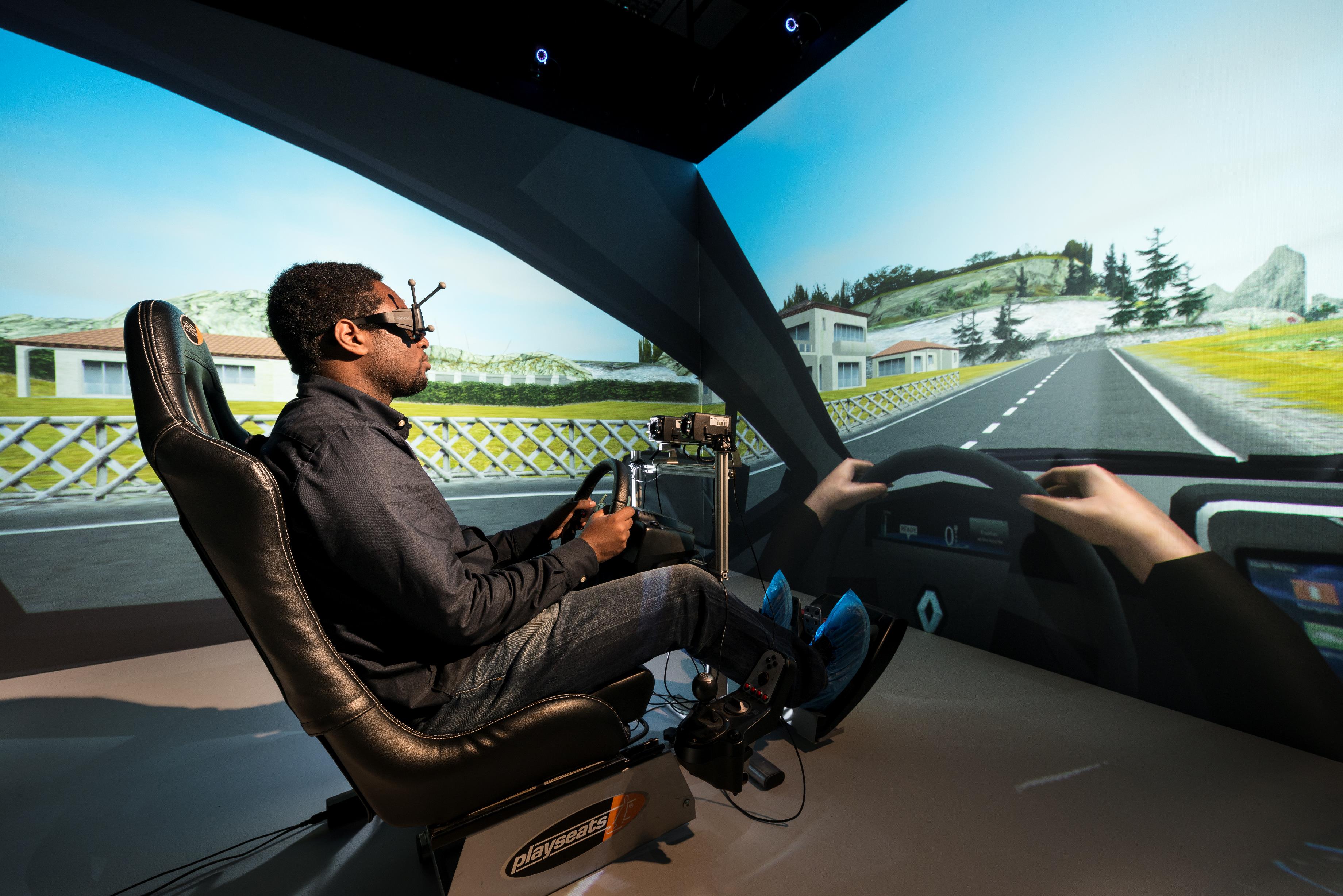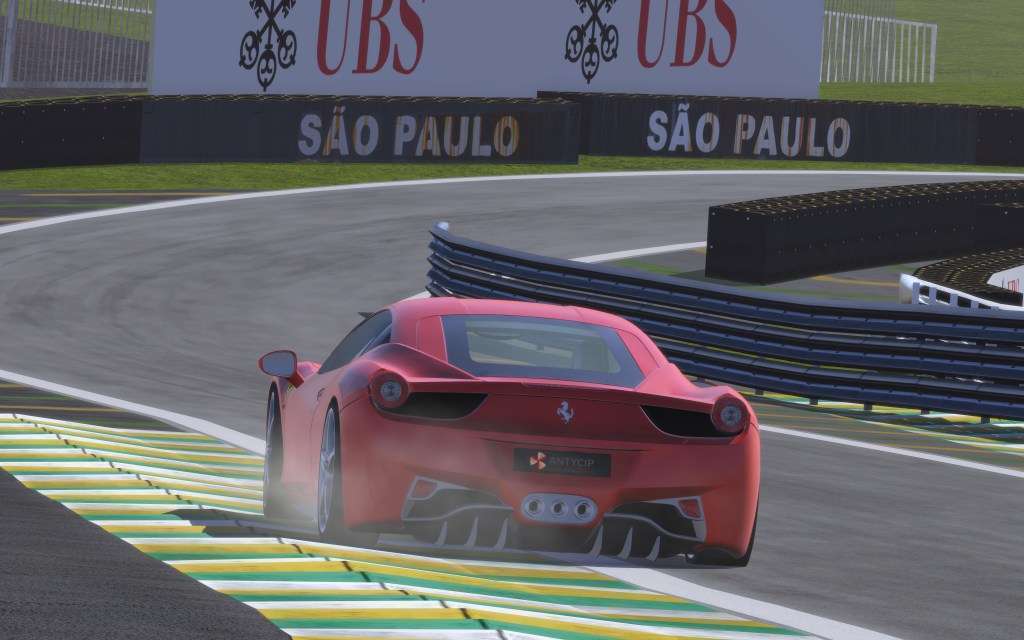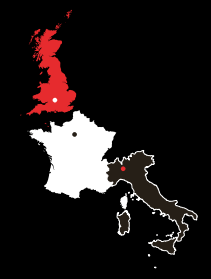VR in automotive and transport
Immersive virtual reality, in the form of a VR CAVE, is helping to transform the automotive and transport sector. The impact is being felt in how manufacturers design and develop vehicles, testing in areas of health and safety, and the way they market them. Automotive manufacturers can work in an immersive room and manipulate 3D objects during the prototype stage. Meanwhile advanced driving simulators are a cost-effective tool for engineers and researchers in vehicle design, allowing them to evaluate ergonomics or new driver-assistance systems. We are going to examine how virtual reality is disrupting the automotive sector, how it is encouraging innovative problem-solving in transportation, and its applications and impact now and in the future.How VR can improve health and safety in the transport sector
Although the transport sector continues to develop, evolve and embrace technology, health and safety will always be a primary concern. Virtual reality is a logical next step in classroom training for health and safety purposes. Beyond headsets, a VR CAVE system can create an entire, self-contained immersive space. High-resolution projection systems enable operators to experience an illusion of reality, for example when studying how humans interact with traditional or automated vehicles. One such project is the HIKER laboratory, currently the largest pedestrian simulation environment of its kind in the world. It has been designed to support safe, experimental research that can be conducted in a repeatable fashion with a variety of variables. It consists of a walking space with a level of real-world performance that is not possible using head-mounted VR equipment. VR can mimic real-life forces, collisions, different road layouts and weather conditions. It is also helping improve safety in vehicles at the design and development stage. Researchers, designers and engineers can evaluate and analyse the impact of a collision on models even before prototyping them.
Picture: Lorne Campbell / Guzelian
How VR disrupts the automotive sector
Although virtual prototyping is commonly used by all the leading car manufacturers, VR takes this approach to the next level. It helps both designing and engineering teams better model prototypes in terms of volume and size, and get a more detailed view of how all vehicle parts are connected. This increases the chances to detect conception errors earlier, and helps better understand if there are faulty connections between vehicle parts. An immersive showroom allows car retailers to reduce the size of a physical one, cut costs, and enhance customer experience all at the same time. They can sit in a chair that imitates a real seat and get a real-time experience of driving a car. Increasingly, brands are using the technology to showcase new products. The goal is to provide potential buyers with an opportunity to inspect a vehicle as though they were right there on the sales floor. They can see every detail and, in effect, test drive a vehicle without taking it outside.How VR is driving innovation and solving transportation problems
In the world of planes, trains and automobiles, innovation and problem-solving go hand in hand. In the rail industry, virtual reality is helping refine safety systems by researching risk. It is used in staff training to help prevent accidents at the platform-train interface (PTI). They typically include passengers caught in doors, falling when stepping down or coming into contact with a moving train. Research has shown most PTI accidents could be reduced with enhanced staff training and VR has become a key part of this. In the aerospace industry, VR provides a learning tool for engineers, but also contributes to innovation in flight-deck design processes and assembly planning. It provides modelling that enables engineers to walk through the interior of a jet engine or to analyse virtual 3D parts. Because VR offers highly accurate, realistic 3D graphics, automotive designers and engineers can test the efficiency of a new vehicle or study how it will eventually look in a totally artificial environment. It means they can forego building multiple models for prototyping purposes, which then reduces time and cost.What are the applications of VR in transportation?
Hutchinson’s Innovation and Research Centre, a world-leading automotive supplier, has used immersive VR Caves. The company provides a large range of solutions for the sector, including watertight car joints and products that control noise and vibration. The VR and 3D modelling capabilities permit a more realistic working approach compared to classic presentation rooms. Meanwhile simulators have developed into a cost-effective tool for engineers and researchers in vehicle design. They also provide a safe environment for testing to monitor driver performance, attention and behaviour. The simulation is so real that the data collected can be used to predict equivalent measurements in the real world. Antycip has provided multiple projector solutions for both leading vehicle manufacturers and motorsport teams – evidence that we have the expertise in vehicle modelling, image generation and design that you need.
What is the impact of virtual reality on the automotive and transportation industry?
Increasingly, VR is positioning itself as integral to the growth and development of the automotive industry. This is reflected in a projected value of nearly €700,000 million euros in 2025. Advances in 3D imaging technology are enabling manufacturers to enhance their research and design processes, but also to offer immersive experiences to customers when marketing new vehicles. Virtual prototyping is transforming how the automotive industry designs vehicles, and shortening product-to-market times. At the same time other transportation sectors, including rail and aerospace, are taking advantage of VR’s unique capabilities as a learning tool. As more workplace tasks become automated and digitalised, VR is providing the workforce in these sectors with the training and experience to develop the skills they need.
There is evidence too that simulation is playing an increasingly important role. Advanced vehicle physics simulators provide vivid, true-to-life driving experiences, assisting in analysing driver behaviour and in designing assistance systems. They provide an adaptable solution for a broad range of vehicles, from family cars to high performance sports vehicles and heavy-duty earthmovers.
As more workplace tasks become automated and digitalised, VR is providing the workforce in these sectors with the training and experience to develop the skills they need.
There is evidence too that simulation is playing an increasingly important role. Advanced vehicle physics simulators provide vivid, true-to-life driving experiences, assisting in analysing driver behaviour and in designing assistance systems. They provide an adaptable solution for a broad range of vehicles, from family cars to high performance sports vehicles and heavy-duty earthmovers.




















